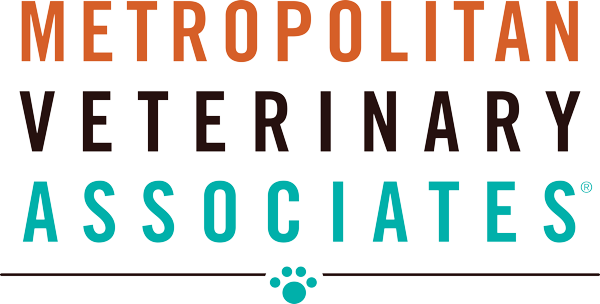Cat eye infections are a common concern among pet owners, particularly when it comes to conjunctivitis.
What is Conjunctivitis?
Conjunctivitis, often called “pink eye,” is the inflammation of the conjunctiva, which is the thin, transparent tissue that covers the white part of the eye and inside of the eyelids.
Causes of Conjunctivitis in Cats
- Infections: Viral or bacterial infections are the most common causes. Feline herpesvirus (FHV-1), Chlamydophila felis and Mycoplasma felis are notable culprits.
- Anatomic defects: Abnormalities with the eyelids including entropion and eyelid agenesis can lead to conjunctivitis. Entropion is a condition where the eyelids roll in causing pain and inflammation. Eyelid agenesis is a birth defect in which the eyelids do not form properly.
- Allergens and Irritants: Rarely, allergens including pollen and dust and foreign bodies can irritate the eyes.
- Underlying Health Issues: Various conditions including feline immunodeficiency virus (FIV) or feline leukemia virus (FeLV) can weaken the immune system, predisposing cats to eye infections.
Symptoms of Cat Eye Infections
Identifying and treating conjunctivitis early can prevent more severe complications. Here are the common symptoms:
- Redness: The conjunctiva may appear red or pink.
- Swelling: Swelling may be present around the eyes, making them look puffy or even swollen shut.
- Discharge: Watery to clear, yellow, or green thick discharge may be in or around the eyes.
- Squinting or Blinking: A cat with conjunctivitis often has increased blinking/squinting or keeps the eye closed.
- Rubbing or Pawing: Frequent rubbing or pawing at the eyes can occur due to discomfort.
- Cloudiness: Cats with conjunctivitis may also have clouding or haze to the clear surface of the eye, the cornea.
- Behavioral changes: Conjunctivitis is painful. Therefore, some cats can become lethargic or inappetent.
When to Be Concerned: If you notice any of these symptoms, especially if they persisted for more than a day or two and your cat is acting ill, it is time to consult a veterinarian.
Diagnostic tests
Your veterinarian will likely do some testing after examining your cat’s eyes.
- Schirmer tear test: Especially if there is a lot of thick discharge and if the eyes look very dry, a Schirmer tear test may be done. This involves placing a small strip of paper at the lower eyelid for one minute.
- Fluorescein dye test: This involves placing a drop of stain into the eye to check for corneal ulcers which may occur in conjunction with conjunctivitis. Other names that may be used for ulcers are ‘scratch’ or ‘erosion.’
- Tonometry: A small non- invasive instrument called a tonometer may be used to check the pressure within the eye.
Treatment Options
Both oral and topical options are typically available for treatment. Your veterinarian will determine what is appropriate for your cat’s condition.
- Antibiotics: Effective against bacterial infections. Antibiotics may also be used to prevent secondary bacterial infections.
- Antivirals: Used for viral infections like FHV-1.
- Anti-Inflammatories: Reduce inflammation and discomfort.
- Artificial Tears: Help keep the eyes moist and relieve irritation.
- Pain medication: Improve comfort.
- Surgery: Required for treatment of conditions such as entropion and eyelid agenesis.
- Cleaning the Eyes: Discharge can be gently wiped away with a clean, damp cloth if the cat will allow for it.
- Elizabethan collars: A firm plastic Elizabethan collar should be placed to avoid self trauma, especially if the cat is rubbing at the eye. Elizabethan collars are always recommended when a corneal ulcer is also present.
Importance of Consulting a Veterinarian
It’s crucial to consult your veterinarian before starting any treatment. Incorrect treatment can worsen the condition or lead to additional complications.
Conclusion
Understanding and identifying conjunctivitis in cats is essential for ensuring your pet’s eye health. Early detection and appropriate treatment can prevent complications and ensure a quick recovery. If you have any concerns about your cat’s eye health, consult your veterinarian promptly.
For more information or to schedule an appointment with our ophthalmology team, contact Metropolitan Veterinary Associates.
